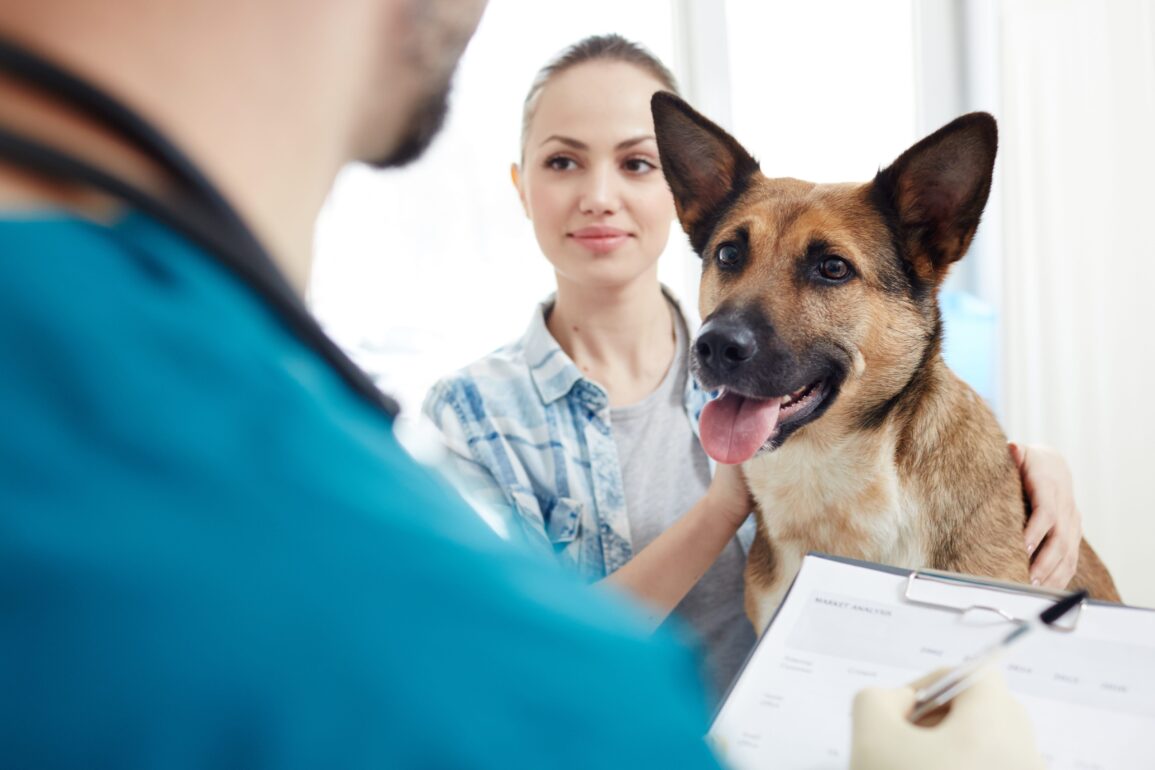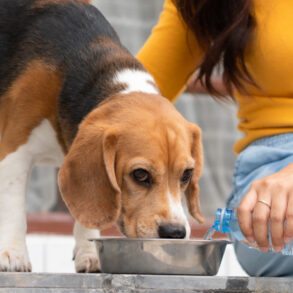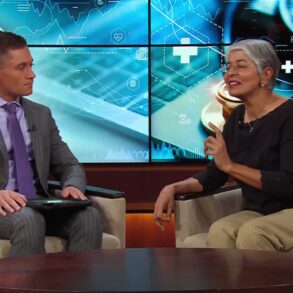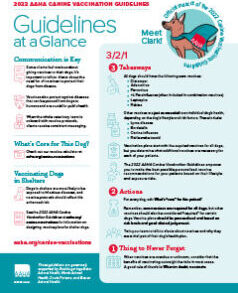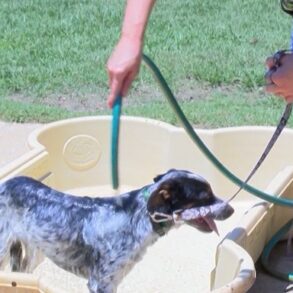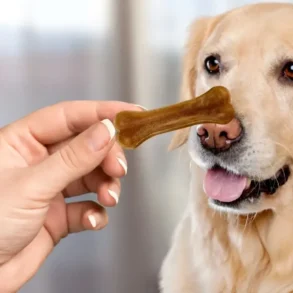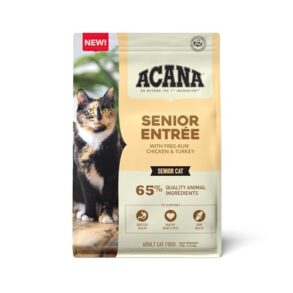The results were similar across all income levels. Pet advocates say that shows a need for vets to adjust to address clients’ financial concerns.

Nationwide dropping pet insurance in some states
Nationwide says inflation and pet veterinary care are among the reasons for dropping pet insurance.
Fox – 35 Orlando
Whether their bestie is Fido or Fifi, owners are getting more finicky about the costs of their pets’ healthcare.
More than half of owners – including those in high earning households – have skipped necessary veterinary care in the previous year or declined recommended treatment at some point in the past, mostly because of the associated costs, a national study has found.
Seven in 10 people who skipped or declined care cited cost as the main reason, saying they couldn’t afford it or didn’t think it worth the expenditure, according to the study conducted by PetSmart Charities and Gallup.
The results were surprisingly similar across all income levels, PetSmart Charities president Aimee Gilbreath said, demonstrating the need for vets to better accommodate their clients’ financial concerns.
“There’s a narrative that says this only affects folks in the bottom part of the income spectrum,” Gilbreath said. “But it’s all across the spectrum. That surprised me – and it worries me. If folks in the top half are struggling to afford primary vet care, who can afford vet care now?”
According to “The State of Pet Care” report, vet care costs in the U.S. have soared more than 60% since 2014, forcing many owners to forgo recommended treatment for their pets, sometimes with life-threatening consequences.
“At least 60% of households have a pet, and people love them as family members,” Gilbreath said. “We don’t think they should be a luxury item. They’re good for people’s mental, physical and emotional health, and if it becomes unaffordable that’s a really sad situation.”
Pet owners were expected to spend an estimated $39 billion in 2024, according to the American Pet Products Association, and a survey of dog owners conducted that year by PawSafe.com found more than 44% of respondents felt their costs of care had risen significantly; 84% blamed veterinary care.
Even higher income owners feel the pinch
The survey of 2,498 U.S adults owning at least one dog or cat, conducted between November 2024 and January 2025, found that 52% of pet owners had skipped or declined care.
Diagnostic procedures (22%), vaccinations (18%) and elective surgeries (16%) were the most commonly declined pet health care services, but 11% said they had turned down recommended medications and 7% said they had refused lifesaving surgeries.
Of those who skipped or declined care, 71% of respondents said cost was the key factor. While that response was highest (80%) among those with a household income of between $36,000 and $60,000, nearly two-thirds (66%) of those earning $90,000 or more said the same.
For those with higher incomes, it wasn’t necessarily a matter of affordability: Only a third of those earning $90,000 or more said they couldn’t afford the expense, compared to 72% of those with incomes between $36,000 and $60,000. However, 44% of those in the higher bracket said the cost wasn’t worth it, compared to just 21% of those in the lower one.
Gilbreath said pre-pandemic surveys had hinted at the growing issue as veterinary costs ballooned.
“If you look at vet pricing over the last five years, it has shot up faster than other indexes,” she said; inflation has compounded rising medical costs prompted in part by more expensive diagnostic testing and higher vet staff wages.
“For a lot of pet families, that dramatic cost increasing over a short period of time is making things very painful,” Gilbreath said. “We’re in a time when families are really stretched, and unexpected expenses like a big vet bill are hard to manage.”
Payment plans could be a lifesaver for pets
Animal shelters around the country said they’re seeing the effects.
“We have seen an increase in owners surrendering their pets due to their inability to afford care or to find pet-friendly housing,” said Guinnevere Shuster of the Humane Society of Utah in Murray. Last year, the number of owners who turned in pets because they could not afford to care for them increased by more than 22%, she said.
In Tennessee, the Nashville Humane Association partners with the Banfield Foundation to fund monthly low-cost clinics to help owners access more affordable veterinary care for their pets.
“With the cost of living increasing year after year across the United States and many private veterinary practices opening up, the cost of care has skyrocketed and appointments are filling up months out,” Whittemore said. “We hope these clinics will alleviate some of the financial strain pet owners in our community are currently experiencing.”
Additionally, Gilbreath said as owners have increasingly treated pets as part of the family, they’ve begun exploring medical options for animals not considered 20 years ago.
“There’s options now that they didn’t used to have, and that may be pulling costs up,” she said. “There are treatments for dogs with cancer. You can get a CT scan and an MRI for your pet, or advanced orthopedic procedures. There’s certain injuries where if a dog had them 20 years ago you would go with crate rest and pain management, and now you can have a surgery that costs $7,000.”
PetSmart Charities estimates about 15% of pet households can afford gold-standard care.
“They want the best and most technologically advanced care,” Gilbreath said. “But there’s a lot of other households where that’s not an option, and those folks should be able to get more affordable care.”
Despite the financial constraints preventing access to vet care, 73% of owners who declined treatment weren’t presented with more affordable alternatives, the study found, and fewer than one in four (23%) said they’d ever been offered a payment plan option.
Providing payment-plan options would make a huge difference, the survey found. Nearly two-thirds (65%) of respondents said $1,000 or less would be the most they could afford if their pet had a life-threatening condition; however, if given a one-year, no-interest option, most said that would double what they could pay.
“We would love to see options like 18-month, interest-free financing,” Gilbreath said. “More vets are starting to offer options, but it’s relatively new.”
While some cases – for example, a blocked intestine requiring surgery – mandate a single course of action, “we would have thought far more people would be offered a payment plan or more affordable treatment option,” Gilbreath said.
PetSmart Charities plans to survey veterinarians later this year in hopes of learning more about why, she added.
‘Pets are family’
Forgoing necessary or recommended pet care is linked with poor outcomes, the study found. Among those declining care, one in seven (14%) reported that their pets either worsened or died.
Three in 10 pet owners (30%) said they had a friend or family member whose pet died in the past five years because of unaffordable treatment, and one in 10 (11%) knew someone who’d had to relinquish a pet because of care costs.
Gilbreath recommends pet owners discuss possible treatment alternatives or payment options with their vets to find a solution that meets their needs. In addition, veterinary care or other resources can sometimes be found through community non-profit organizations or animal shelters with public-facing medical clinics.
She noted the experience of a “relatively well-off” woman who adopted a cat as she settled into her just-purchased home. The cat developed a dental condition that would have required expensive treatment.
“This woman was heartbroken,” she said. “She didn’t want the cat to suffer, so she gave it up to a shelter in hopes it would get the care it needed.”
Wracked with guilt, the woman returned to the shelter the following day to retrieve the cat and learned that a community organization could provide the necessary care at a more affordable cost.
“She was able to get the cat back and get care she could afford,” Gilbreath said.
Providing payment-plan options would make a huge difference, the survey found. Nearly two-thirds (65%) of respondents said $1,000 or less would be the most they could afford if their pet had a life-threatening condition; however, if given a one-year, no-interest option, most said that would double what they could pay.
“We would love to see options like 18-month, interest-free financing,” Gilbreath said. “More vets are starting to offer options, but it’s relatively new.”
Additionally, Gilbreath said, veterinary schools could help by making students aware of low-tech treatment alternatives to high-tech ones so that they’re comfortable offering a range of options.
“The data shows that many pet parents are not being presented with alternative care options that could make veterinary services more accessible, despite interest in such options,” said Zach Hrynowski, a senior researcher at Gallup, in a press release accompanying the report. “Our analysis of the data points to a clear opportunity for the veterinary industry to expand affordable, flexible solutions that meet pet parents’ needs.”
Gilbreath said she hoped the report helps pet owners not feel alone or ashamed of their decisions, given how common such situations are.
“Pets are family,” Gilbreath said. “For a lot of folks, they’re the only family. That’s why we do this work. We want pets and their people to be able to stay together.”
This post was originally published on this site be sure to check out more of their content.




